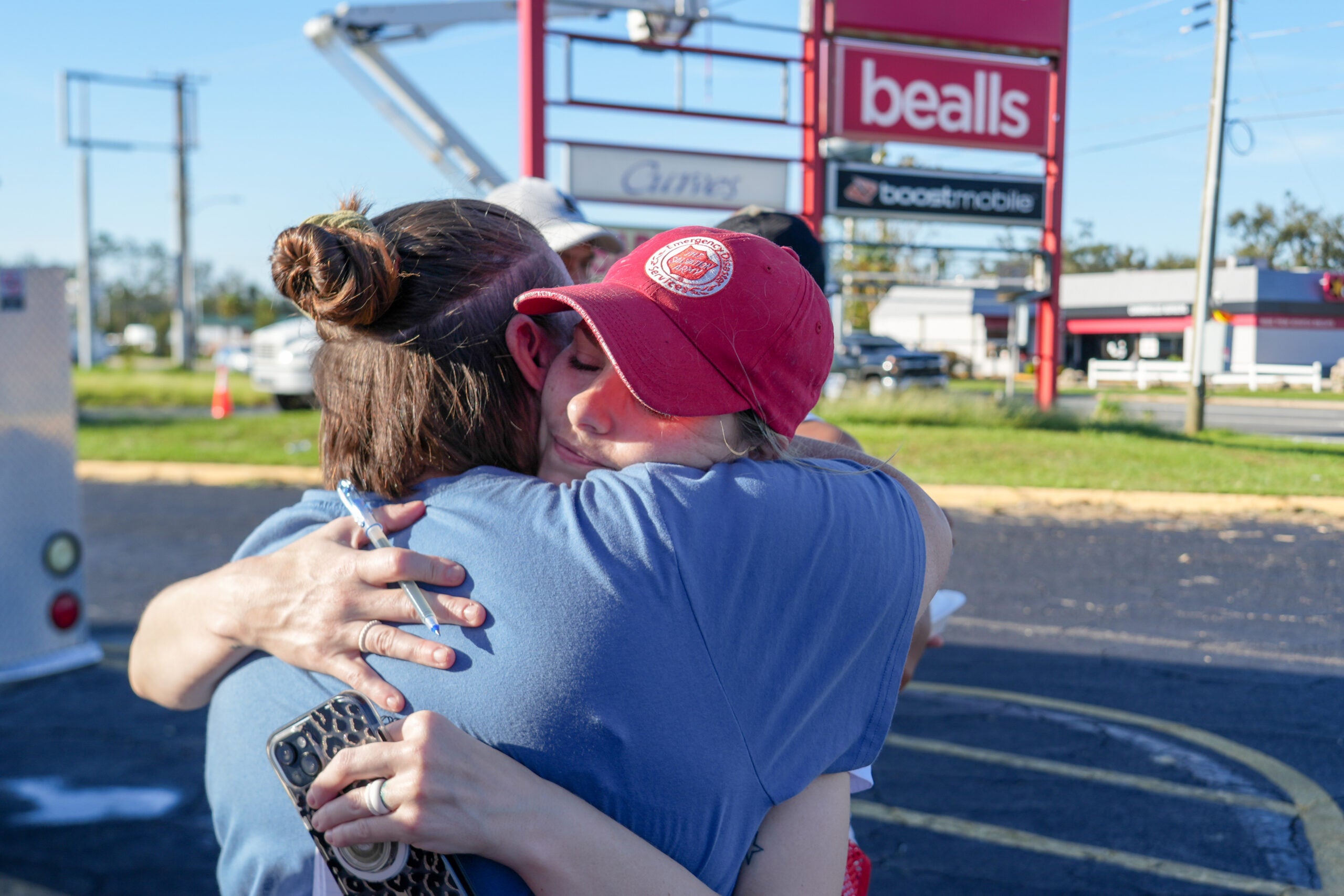Healing After Crisis: The Role of Emotional and Spiritual Support

Disasters leave visible damage—homes lost, roads washed out, families displaced. In the early days of response, much of the focus is on meeting urgent physical needs: food, water, shelter, medical care. That work is critical, and many organizations move quickly to provide it.
But recovery doesn’t end when power is restored or buildings are repaired. In many communities, another kind of need lingers well after the headlines have moved on. Survivors are left coping with emotional strain, spiritual disorientation, and unanswered questions that don’t resolve on a set timeline.
What Recovery Often Leaves Behind
In the days and weeks after a disaster, people begin to process what’s happened. For some, that might mean mourning a loss. For others, it’s anxiety about what comes next or how to rebuild. These internal experiences are not always visible, but they’re real—and they don’t fade quickly.
That’s why emotional and spiritual support remains an important part of long-term disaster relief, even though it’s less visible than distributing supplies or clearing debris.
We’ve learned through years of disaster response that survivors need more than material assistance. People often benefit from a calm, consistent presence. From someone who will sit with them, listen without rushing, or quietly walk with them through the early stages of grief or reflection.
Being Present After the Emergency Ends
One of our roles in disaster relief has always included spiritual and emotional care. In some cases, that means trained chaplains or counselors. In others, it means volunteers who are prepared to offer quiet support.
We don’t consider this work optional. It’s part of what recovery requires.
Often, this kind of care begins during the emergency phase—at shelters, feeding stations, or aid distribution sites. But it continues afterward, in living rooms, community centers, and temporary housing. It doesn’t follow a script, and it rarely follows a schedule. It adapts to what people are experiencing, even as the months and years pass.
Long-Term Support That Adapts to the Community
In larger-scale disasters, this may involve remaining in a community for an extended period. After major hurricanes, wildfires, and floods, we’ve continued offering support long after other relief efforts have concluded.
This kind of long-term presence makes it possible to build deeper trust between survivors and care teams. It also reflects an understanding that the emotional impact of disaster may unfold gradually.. People often need support that adapts over time, especially as the initial shock gives way to more complicated forms of grief and recovery.
This article from our disaster services team outlines how both short-term and long-term approaches shape our response. One informs the other. Both are necessary.
Why Emotional and Spiritual Care Matters
Survivors often tell us that one of the most meaningful moments in their recovery wasn’t the day their power came back on. It was the day someone sat with them and asked how they were doing—and then stayed to hear the answer.
Emotional and spiritual support doesn’t fix everything. But it helps people feel seen. It gives them space to process what’s happened. And it reminds them that even in a time of loss, they still belong to a community that cares.
Here’s how you can help us provide our wide array of relief efforts, from mobile cantinas to emergency shelter to long-term recovery and spiritual support to people recovering from natural disasters.